Refill revolution reloaded in Bulacan town
Posted 6 years ago
 |
| Photo credits to greenbuildingelements.com |
GUIGUINTO, Bulacan — A “refill revolution” has been started here as part of a campaign to reduce plastic pollution in the country.
Some 1,000 housewives and kitchen helpers lined up with tumblers and bottles to be filled with condiments during a government-led antipollution program on Friday that sought to discourage residents from buying commodities sold in sachets.
Manufacturers resorted to packaging items in sachets because of the popularity of sari-sari stores, where consumers can buy tingi-tingi (retail) portions of items like vinegar, salt and even shampoo.
But plastic sachets are nonbiodegradable that have added to the solid waste woes of towns like Guiguinto, according to Lormelyn Claudio, Central Luzon director of the Environmental Management Bureau (EMB).
Pilot project
Guiguinto is piloting what it calls “Refill Revolution,” which, Claudio said, “harks back to the time when our parents directed us to bring a bottle to the store so it could be filled with soy sauce.”
The initiative is not against retailing, she said, which is why the EMB would soon ask manufacturing companies to put up refill booths in major supermarkets and public markets.
The refill market was tested on Friday when manufacturers sold kitchen oil for P50, a liter of vinegar and soy sauce for P10, and liquid detergent for P30, said Sudan Carreon, municipal environment and natural resources officer.
Excited over new system
Ellen Roman, 50, from Barangay Tuktukan lined up with her sisters, nephews and nieces.
“We are excited about this new system. Sachets do become piles of trash at home. We want items that are affordable but which would not create this much pollution,” she said.
“The rules say seven members of a family are allowed to buy a liter of items so I dragged my whole family here,” said Maritoni Catindig-Ortega from Rosaryville Subdivision at Barangay Santa Cruz.
Global problem
During Earth Day on April 22, the Philippines joined other countries in highlighting the global problem of plastic pollution.
The Earth Day celebration in Manila was punctuated by a call to end plastic pollution in the oceans by reducing waste from single-use plastics.
The Philippines ranked third in 2015 among the highest sources of plastic pollution in global waters, after China and Indonesia, Environment Secretary Roy Cimatu said in his State of the Environment Address on Earth Day.
It is estimated that each year, 31.9 million metric tons of plastic pollution are produced around Earth and about a quarter of that volume ends up around the water.
8.3 billion plastic straws
The world’s plastic pollution problem, according to scientists, is so large that banning plastic straws and stirrers may not be enough.
Australian scientists Denise Hardesty and Chris Wilcox calculated the volume of trash collected on US coastlines during cleanups over five years, and they estimated there were nearly 7.5 million plastic straws lying around America’s shorelines.
They reckoned 437 million to 8.3 billion plastic straws are on the entire world’s coastlines. —Reports from Carmela Reyes-Estrope and AP
Source: newsinfo.inquirer.net














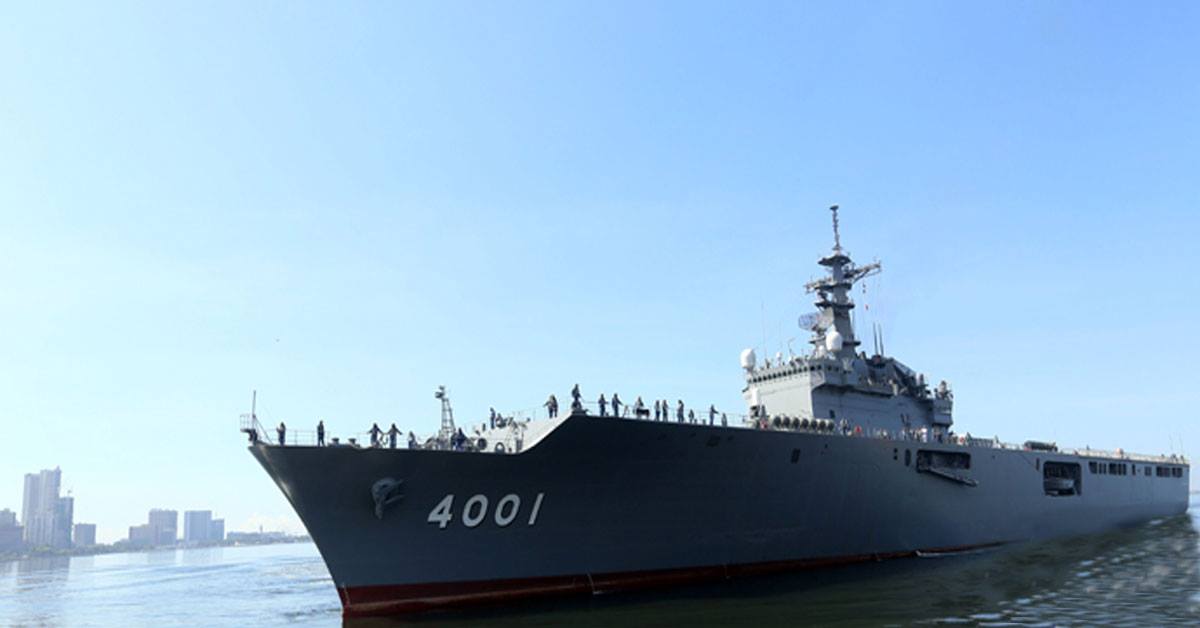

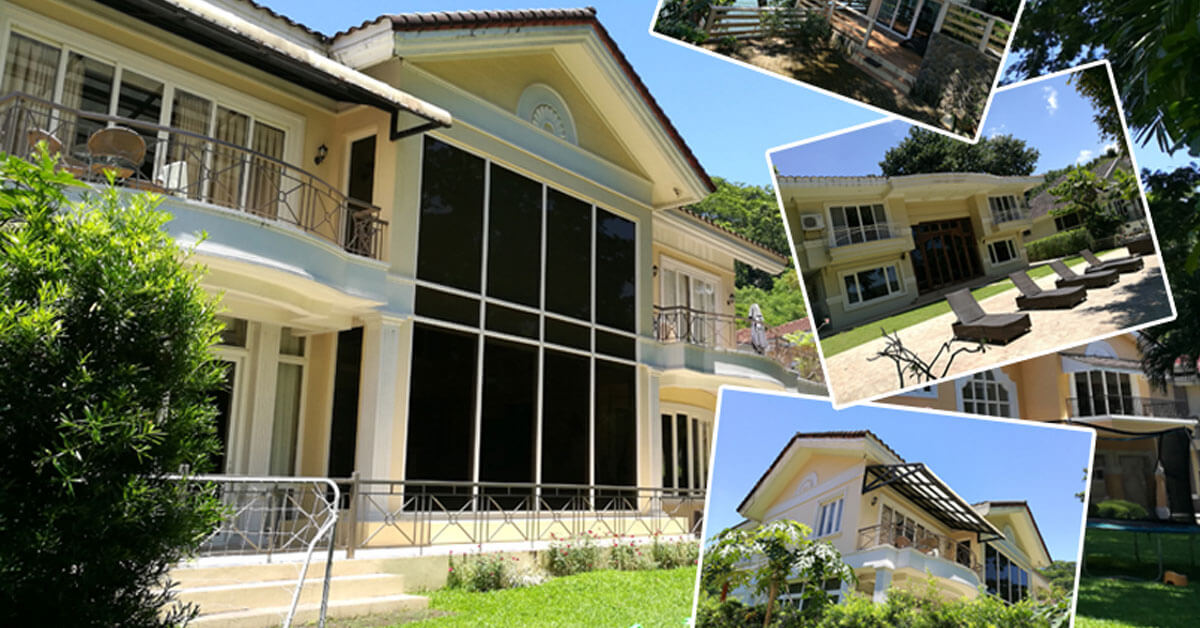
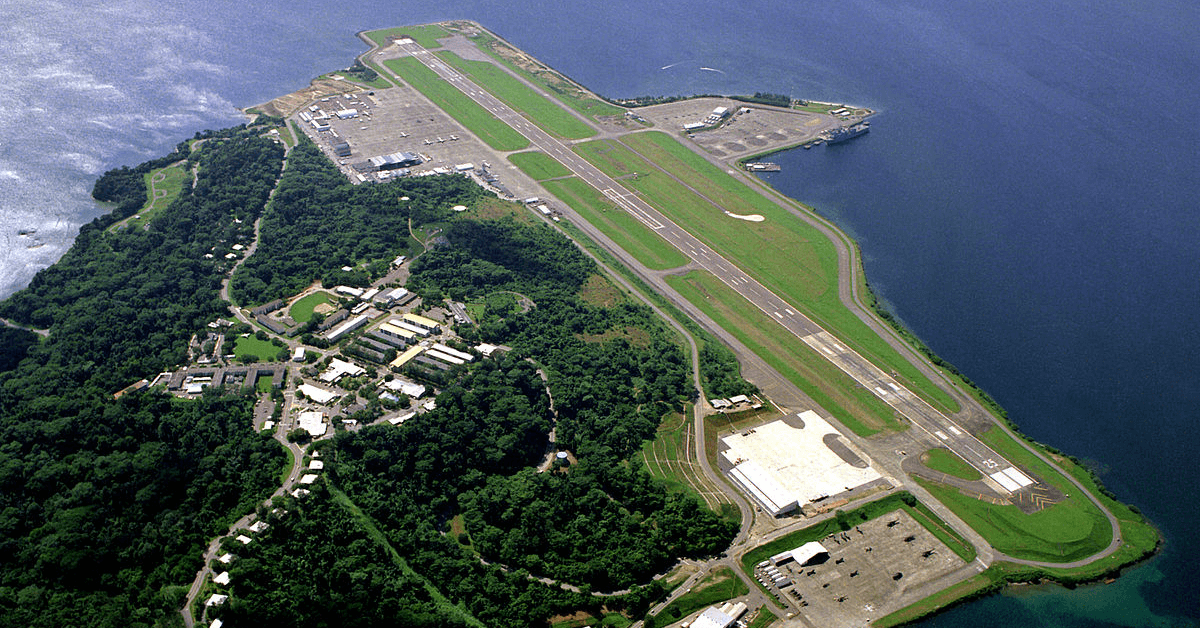

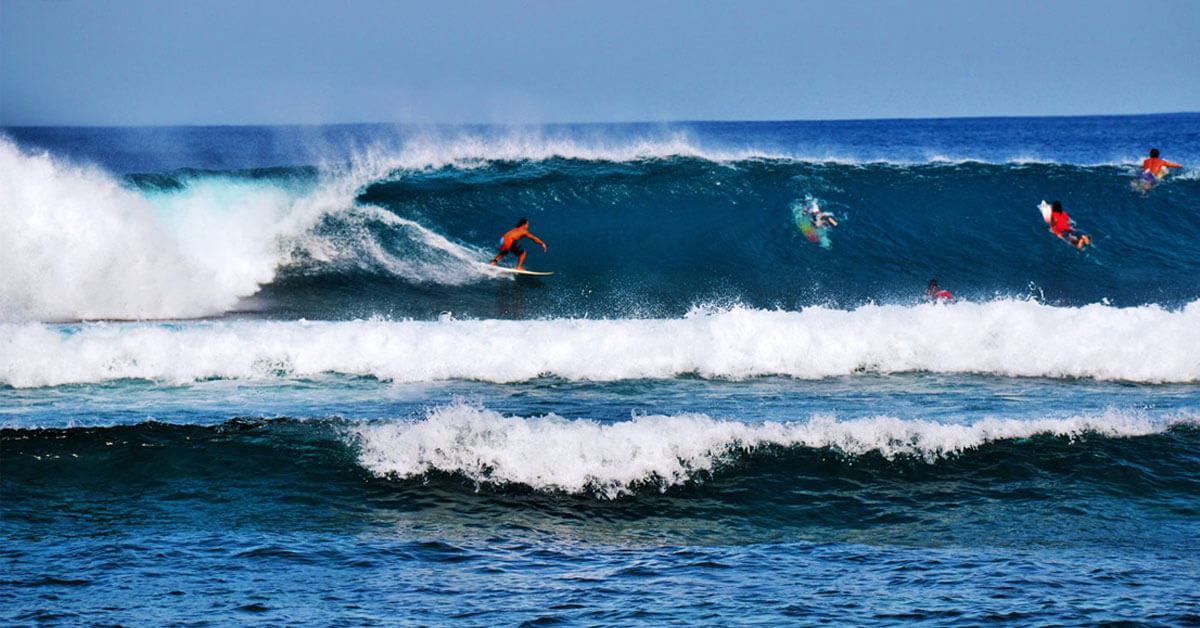
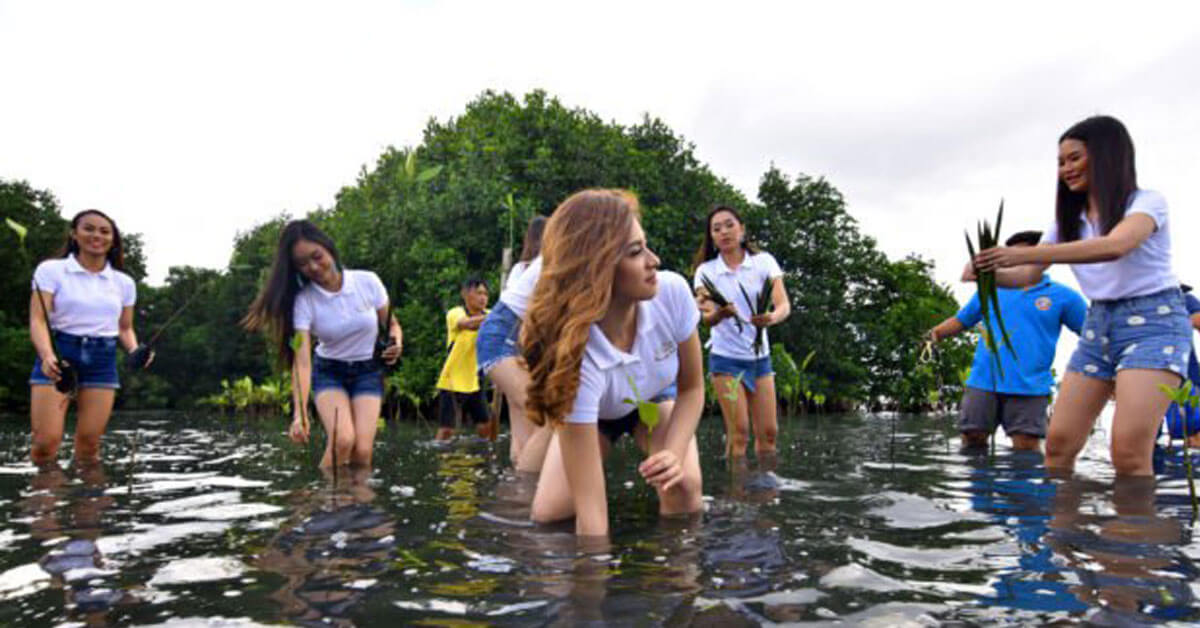
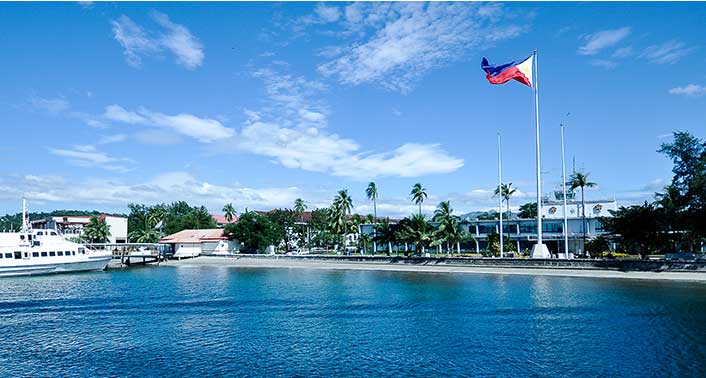
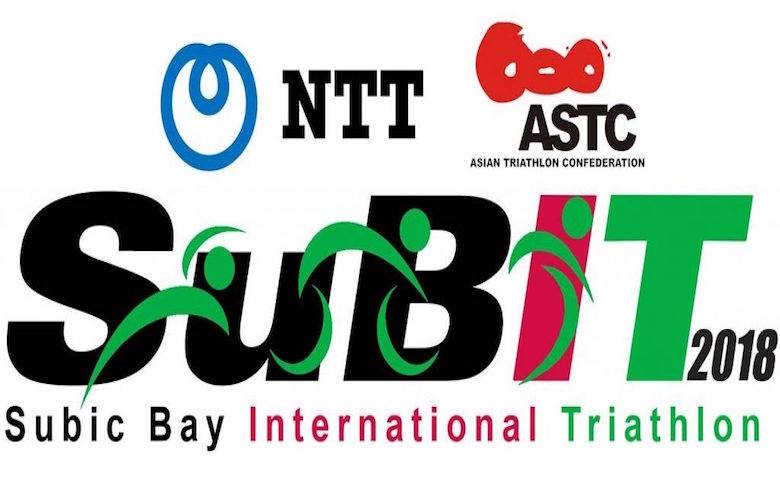

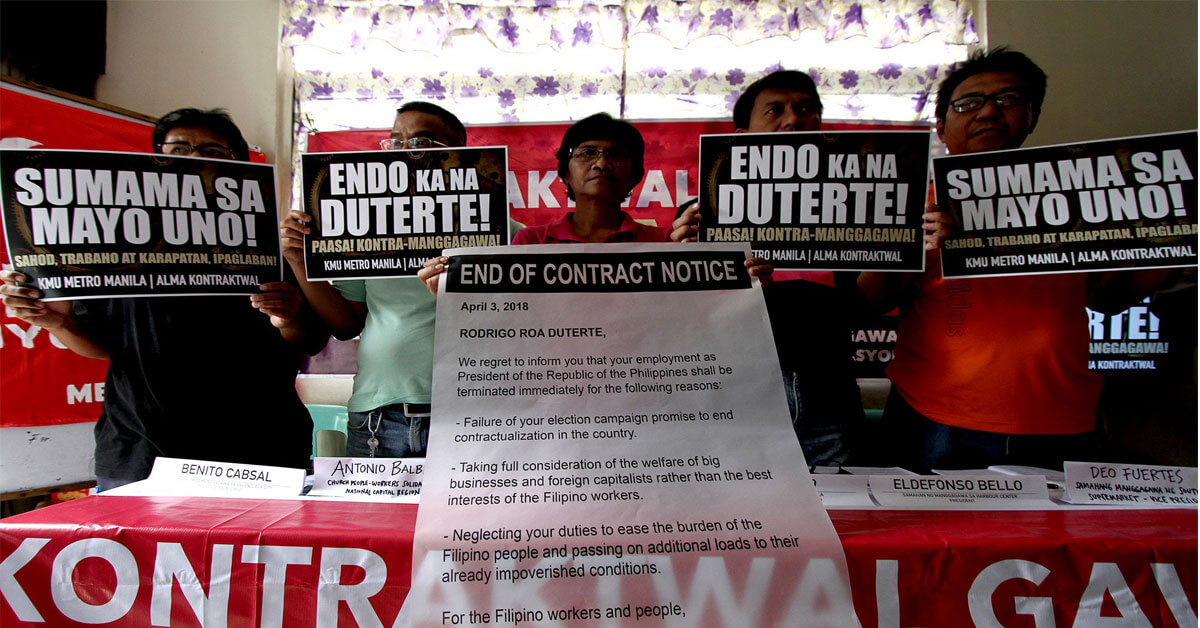
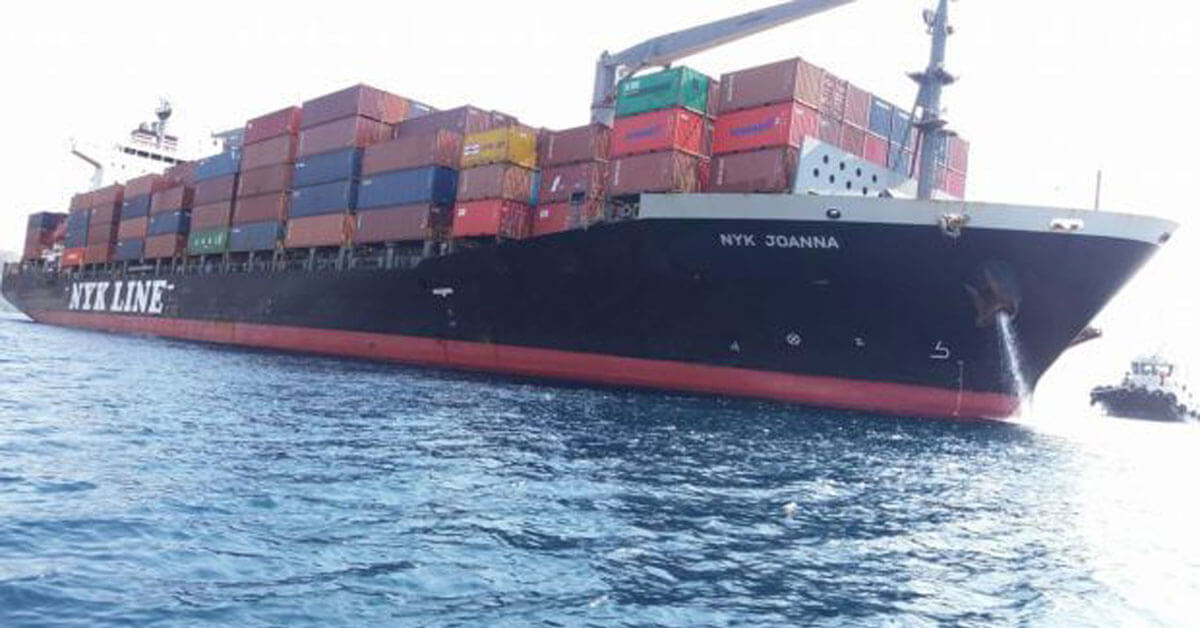











Loading Comment